In Focus
Maeda and Macquarie to co-develop clean energy in Japan
Maeda and Macquarie to co-develop clean energy in Japan
Will set-up joint venture by year end.
Chinese scientists develop revolutionary “smart window”
Window both reflects heat and generates electricity.
Japan to develop new nuclear waste disposal technology
Involves extracting radioactive substances from spent nuclear fuel.
Japan considers one operator to run all nuclear plants
Option will also keep Tepco alive to pay its debts. Japan’s government is discussing this radical overhaul of its nuclear power sector to rebuild an industry wracked by the aftermath of the 2011 Fukushima nuclear disaster and strong public opposition to nuclear energy. The proposed sole operator that will handle all 50 reactors. will be owned by Japan’s nine regional utilities and two wholesalers (Japan Atomic Power Company and Electric Power Development Company). The government and local reactor makers will provide financial and technical support, said Taku Yamamoto, chairman of the Liberal Democratic Party’s energy committee. Part of the profit from sales of the new company’s electricity will be used for the cleanup of Tokyo Electric Power Company’s (Tepco) destroyed Fukushima nuclear plant and victim compensation, which combined may cost over US$112 billion. The plan will keep Tepco alive to shoulder Fukushima costs and avert any blackouts in Tokyo, which will host the 2020 Olympic Games. Yamamoto said the plan is based on Tepco’s profits covering Fukushima costs without taxpayers’ money and to increase the government’s role in the nuclear industry. He said Tepco has to go on working hard for the Fukushima disaster until it dies.
Japan installs 1.82 GW of solar PV capacity
Boosted by commercial project installations.
Jiangxi is China’s first inland nuclear plant site
Fourth-generation plant to rise at Ruijin.
South Korean President wants country to become “creative energy economy”
Goal is to save and use electricity more efficiently.
South Korean President wants country to become “creative energy economy”
Goal is to save and use electricity more efficiently.
India needs US$2.3 trillion investments in energy sector
Coal the dominant energy source until 2035.
China to build UK nuclear power plant
UK government gives go-ahead.
Japan and India partner to cut LNG cost
Will establish an LNG importers’ group.
China, California ink clean energy agreement
It's the first agreement between a US state and China.
World Bank against India’s bailout of troubled power distributors
Not an opportunity in disguise but a crisis, it says.
Thai, Chinese investors to bid for two Macquarie power stations
Bidding ends later this month.
World’s largest solar plant to rise in Rajasthan
“Ultra mega” plant will generate 4 GW.
China’s solar panels makers to receive tax breaks
This despite massive overcapacity and weak demand.
Thailand now accepting applications for solar power FIT
Plans to generate 3 GW from solar energy.



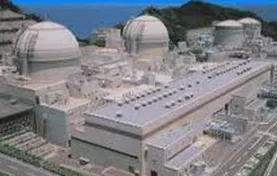
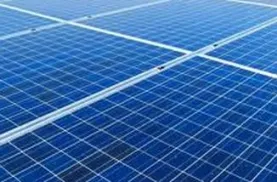



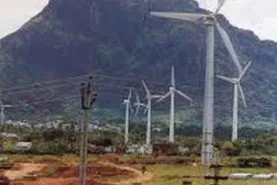





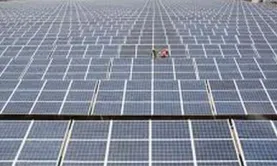
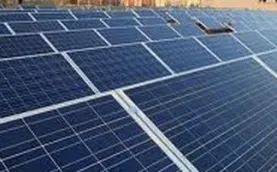


 Advertise
Advertise










